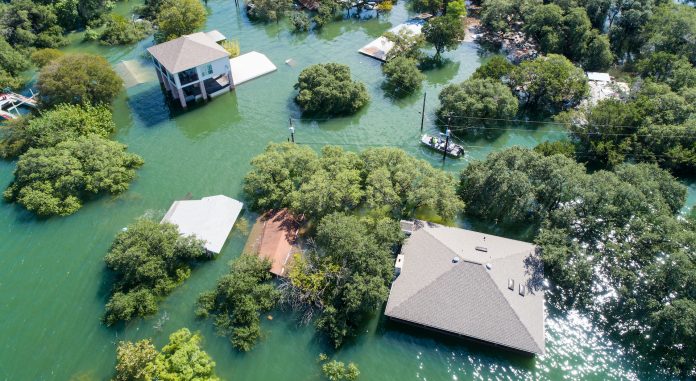Key Highlights
- Viability of classic 30-year mortgage being affected by climate change
- Both lenders and borrowers looking for more flexibility and certainty in their respective thinking, according to The New York Times
One of the keystones of the US housing market has been the classic 30-year mortgage. This classic could lose some luster as climate change and the various disasters now associated with it challenge the viability of doing business with such a long standing home borrowing mechanism.
Download Your FREE Ultimate Agent Survival Guide Now. This is the exact ‘do this now’ info you need. Learn NOW How to Access All The Bailout Program Cash You Deserve. Including Unemployment and Mortgage Forbearance Plans. To Access the Ultimate Agent Survival Guide Now Text The Word SURVIVAL to 47372. 4 Msgs/Month. Reply STOP to cancel, HELP for help. Msg&data rates may apply. Terms & privacy: slkt.io/JWQt
According to The New York Times, both lenders and borrowers want more flexibility. Who knows when the next hurricane and/or storm surge will essentially knock out regions of the eastern coastline? Who knows when the next wildfire will devastate western and southwestern portions of the country?
Borrowers are now looking to use mortgages that offer them an exit-plan if and/or when a climate change event renders their home uninhabitable or substantially reduces the value of their properties. Lenders, on the other hand, are tightening their lending standards on properties at risk of fire damage or all-out destruction, flooding and/or other natural disasters. No doubt the validity of the COVID-19 pandemic as a natural disaster in terms of property damage will be determined in court at some point in the near future.
According to The New York Times, insurance companies have dropped some 350,000 policies in wildfire-prone areas of California, not counting non-renewals in communities burned to the ground in 2018’s Camp Fire. In 2017, banks sold off 57% of their mortgages on properties in flood-prone areas, up from 43% in 2009.
When lenders do approve loans in flood and or fire-prone areas, some are requiring down payments of 40%, twice the traditional percentage figure. Additionally, banks are selling more loans to government-back entities such as Freddie Mac and Fannie Mae, thus shifting any climate change risks away from the banks themselves and onto US taxpayers.
Thanks to The New York Times and the RealDeal.
Also read: Podcast: How To Choose A Broker | Is It Time To Ditch Your Broker? (Part 3), Look Out for Three Mortgage Trends in 2020, Opendoor Acquires title and Escrow Company
























